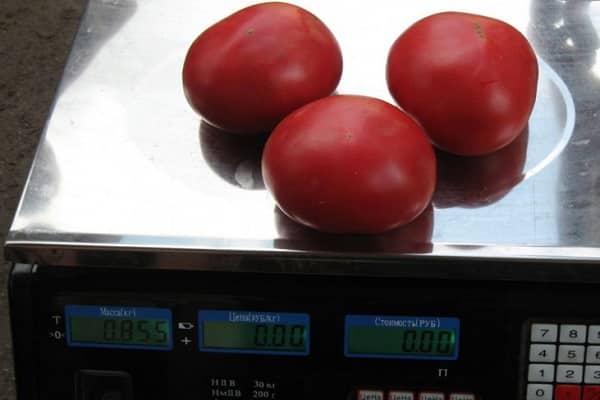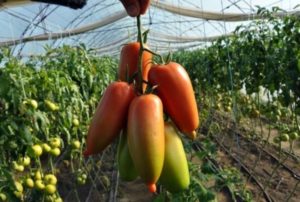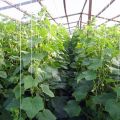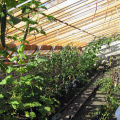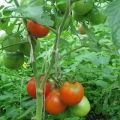Description of the Kasamori tomato variety and its characteristics
The ultra-early ripening pink-fruited tomato Kasamori F1 of Japanese selection has recently been present on the Russian market, but has already managed to fall in love with vegetable growers who grow tomatoes in greenhouses for early production. In Japan, high requirements are imposed on the consumer and technological qualities of tomatoes grown in production conditions. Kitano Seeds and its Kasamori hybrid are no exception. The hybrid is upscale.
About the hybrid
An indeterminate bush with shortened internodes, which is why it is compact. Recommended for cultivation in spring film and winter greenhouses. Ripens quickly, 90-100 days from germination. The description of the fruits at our disposal indicates that they are very large, over 200 g, bright pink, lettuce, suitable for fresh products on the market. The fruit is flat-round, with more than six seed nests. Fruits are formed in clusters of 5-6 pieces. Reviews of gardeners indicate that the fruits are never smaller than 200 g. On average, their weight is from 270 to 300 g, and the maximum is 550 g. The surface is even and smooth, a green spot does not form at the stalk, no cracks in the fruit were noted.

Distinctive features of the hybrid
Vegetable growers with experience in growing this hybrid noted a number of its positive properties:
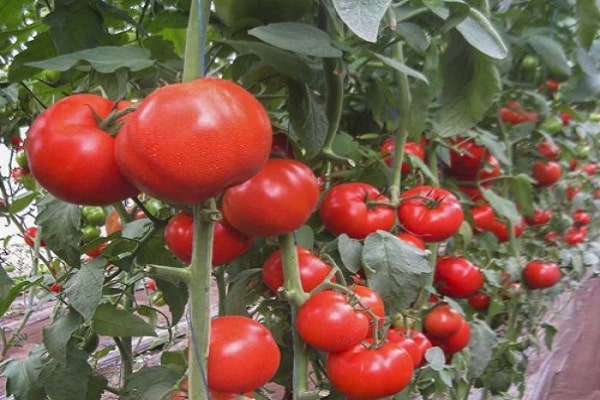
- good fruit set in any conditions, including stressful ones;
- high yield, an average of 4 kg of fruits are obtained from one bush;
- the possibility of growing in all types of film and glass shelters, including temporary ones, and in the open field.
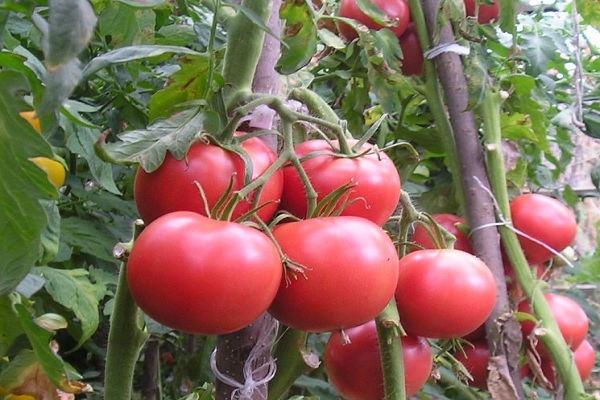
Experts note the high plasticity of Kasamori tomato, its characteristics allow it to be grown in all seasons of the year. The short production period is Kasamori's advantage.
Tip: Plant seedlings of this hybrid at several times, as well as seeds directly in the soil for a seedless crop. The last fruits can be harvested at the end of September and ripened at home. They do not lose their taste when harvested in the phase of milky-wax ripeness.

Growing seedlings
The timing of sowing seeds for seedlings depends on where it is planned to plant the plants in a permanent place. The following options are possible:
- in a heated spring greenhouse, sowing is carried out in mid-February;
- in a spring unheated greenhouse - at the end of February;
- in open ground - in the first decade of March;

- direct sowing in open ground in two terms - at the end of April and at the beginning of May;
- direct sowing in open ground using an autumn mobile greenhouse - at the end of May.
Tomato seedlings must be fed every 10-14 days.They accept humic fertilizers well. With a lack of light, the plants are supplemented with a phytolamp.

Caring for tomatoes in the greenhouse
The main care works are watering, weeding and loosening, feeding and shaping the bushes. Watering tomato plants in a greenhouse should be twice a week, and in a hot period - every other day. After each watering, the soil must be loosened and weeds must be removed at the same time, they can be carriers of pests and diseases.
It is better if the soil in the greenhouse is covered with peat, sawdust or any other material. The formation of the bush includes pinching the plants. Stepsons should be removed until they exceed 2-2.5 cm, using a decontaminated instrument, for example, scissors. The plant forms into one stem. Heavy brushes need to be tied up additionally.
